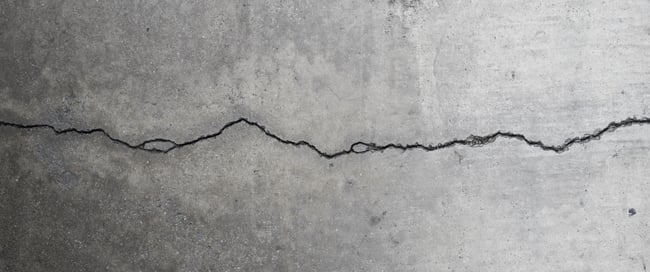
Concrete may initially sound like a boring blog subject, but if you’ve ever experienced a problem with it on one of your projects, you know concrete can become a costly and time-consuming nightmare.
Concrete is one of the most widely used construction materials. As with all construction materials, quality assurance and quality control (QA/QC) are key to ensuring your investment remains maintenance-free and meets its intended life expectancy.
The importance of concrete QA/QC increases substantially on hydro assets. Repairs can be very costly since some locations (such as spillways) are difficult to access, not to mention the revenue loss caused by outages during maintenance and repairs.
Concrete QA/QC begins with a solid set of concrete construction specifications that are tailored to address your project-specific challenges. Before you sign off on the project specs, make sure the following key items are properly specified:
Pre-Placement Conference
The specifications should include the requirement to hold a pre-placement conference well before the first planned pour. The conference is an opportunity to review the specifications with your project team and discuss items such as potential challenges, concerns, equipment, phasing, and quality expectations.
The specifications should clearly describe what the contractor is expected to discuss at the meeting and that all required plans and submittal documents must be submitted and approved prior to the conference. On larger and more complex projects spanning longer durations, multiple conferences may be required to discuss successes and opportunities for improvement as well as changing weather and placement conditions through different seasons.
Cold/Hot Weather Protection
Hot and cold weather can present a challenge and is a leading cause of premature failure and poor quality. During hot weather, the exposed concrete surface loses moisture too quickly, causing low strength, cracking, and spawling. Delivering the concrete mix at high temperatures will almost always lead to problems. This issue is exacerbated in areas of high wind or full sun exposure. Clearly specifying hot weather protection requirements such as shading, the use of misters or sprinklers, ambient air temperature limitations, maximum allowable wind speed, and maximum concrete mix temperature will help to ensure you don’t face premature failure or low ultimate strength.
The same goes for cold weather. If concrete is allowed to freeze, it may experience premature cracking, flaking, and spawling. The use of tents, heaters, and blankets as well as specifying minimum allowable ambient air temperatures to be expected within 48 hours of placement will help to avoid problems.
Mock-ups
You should consider requiring your contractor to complete mock ups for concrete to be placed in areas of high risk or difficult placement, such as a fish passage at a spillway. Completing small scale mock ups will help to flush out placement challenges and methods and forces the contractor to focus on finishing methods, flatness and smoothness, and joint materials and locations. Your contractor may say all the rights things at the pre-conference, but a mock-up will demonstrate their experience and ability to follow through when the rubber meets the road. The mock up must be approved and serves as the standard against which all future pours are measured.
Testing
Be sure testing requirements are included in the concrete specifications. Testing typically includes sampling for air content, slump, strength, and temperature. Specifying which tests and how frequently they must be performed is important, but one often overlooked item is specifying where samples must be taken. For example, when testing air content the results can vary significantly between the back of the truck and the end of the concrete pumping hose. Though testing requirements can be fairly standard from project to project, the quality of the testing agency and level of proactive communication provided when materials issues are found can be key to avoiding do-overs and disagreements.
Additives
Additives can make or break concrete quality, especially in harsh climates. Consider, a) specifying which additives are allowable and when, and b) requiring multiple mix designs with different additives if weather conditions might vary over the life of the project. Approving alternate mix designs and additives ahead of time will help avoid a last minutes circus if weather conditions change.
* * *
The quality of concrete work can make all the difference on your hydro project. It’s only boring when it’s done right. Empower yourself by requiring thorough concrete specifications that include the items listed above. Conditions vary from project to project, and as the owner/operator you are likely most familiar with the potential challenges your project may face. Discussing these challenges with your design team prior to preparing the construction specifications and then ensuring they contain the necessary requirements will help protect your investment.
Photo credit: Adobe Stock / jackekasak

